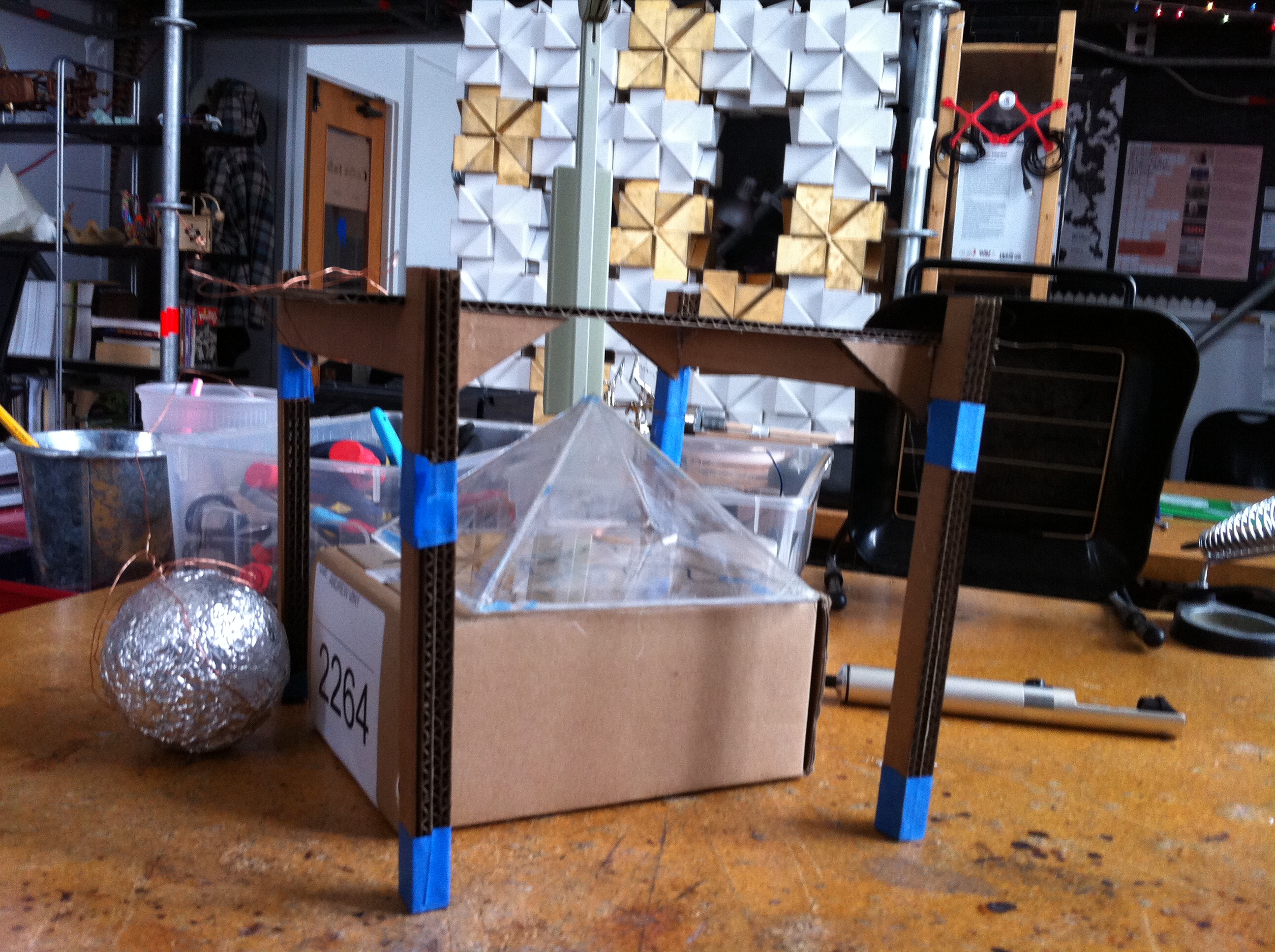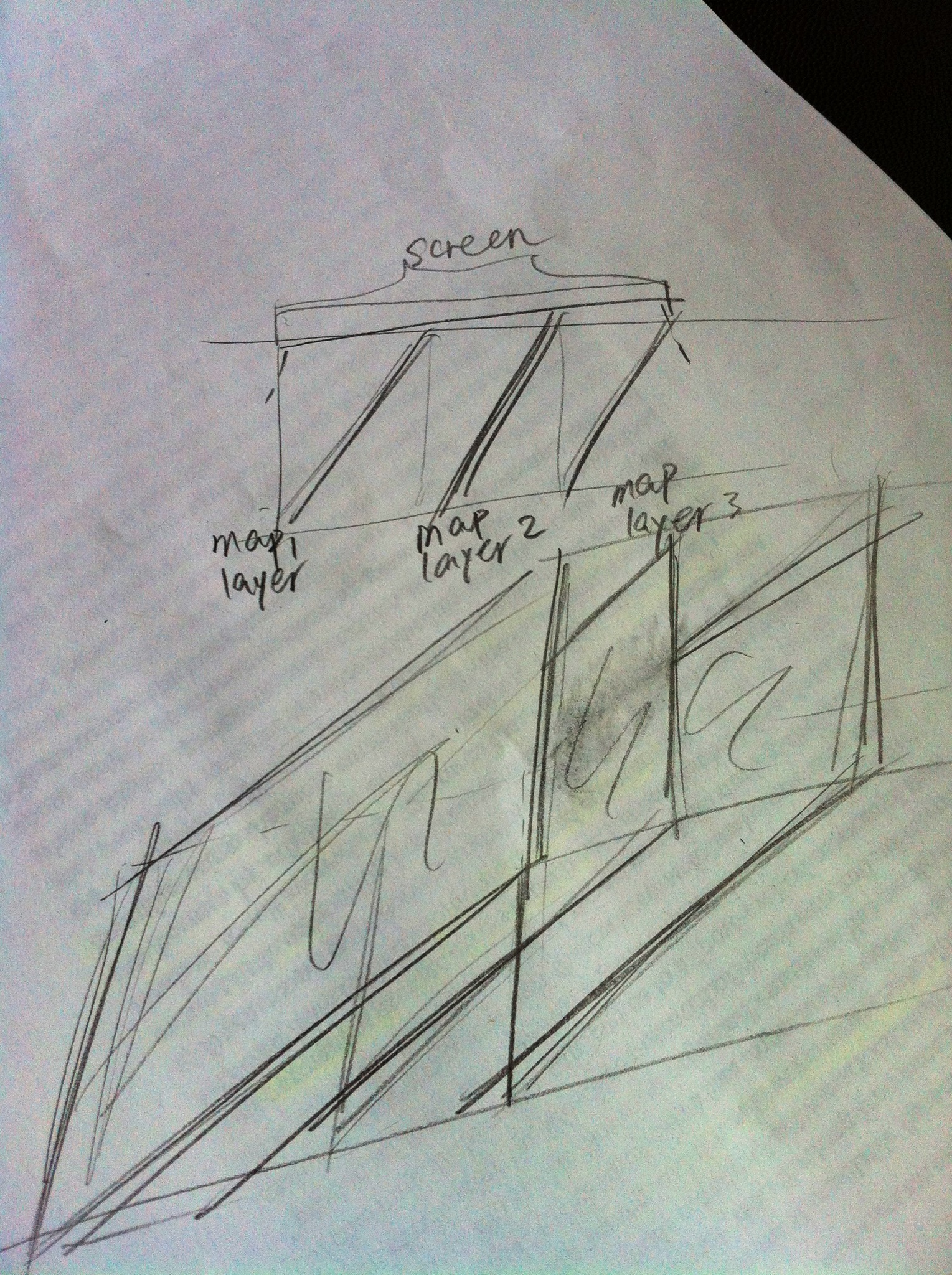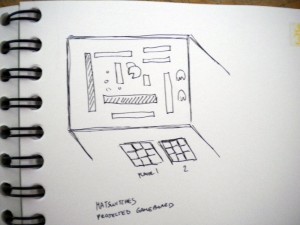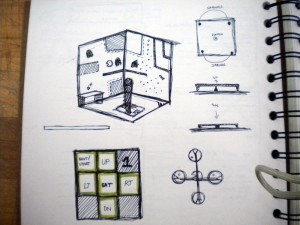Robb and I were talking about generating fractalish heat sinks which seems like a neat idea in situations the heat sink is to be passive (no fans are used to create flow over the heat sink). There are a ton of gorgeous branching phenomena in nature: diffusion limited-aggregation, vasculogenesis and angiogenesis (blood vessesl growth), plant growth, hele-shaw flow, dielectric breakdown, watershed formation, coral growth, etc.
Some of these systems actually solve engineering problems similar to that of transferring heat effectively. Coral colonies, for example, must balance various factors like fluid flow, particle capture and light exposure. Blood vessels networks allow oxygen to diffuse to every cell in a tissue while also not requiring too much resistance to blood flow. These competing factors are solved by systems that grow rather algorithmically: there is no intelligent controller directing the growth process. Instead many simple agents following simple algorithms which interact to create complex adaptive forms.
There are many researchers in the field of computational biology and physics who are simulating these behaviors in order to understand the systems better. In doing so they are actually solving engineering problems and creating rather aesthetic visualizations/models. I think some of these projects could be imitated to make some neat art/engineering stuff. Like fractal heat sinks.
Angiogenesis: An Adaptive Dynamic Biological Patterning Problem
check out the video here

This paper describes how a simulation of angiogenesis (the formation of blood vessel networks from already existing blood vessles) was built to mimic the growth and adaptation of real systems. Basically a diffusing chemical dubbed vascular endothelial growth factor, VEGF, is released by tissue that is starved of oxygen (called hypoxic tissue). When the concentration of VEGF around an existing vessels exceeds a critical value a new vessels sprouts and wiggles about randomly searching for a vessel with a little feeler. When it finds one it fuses and blood begins to flow. Vessels change there diameter according to internal pressure, viscous stresses and chemical signals released by other vessels. Vessels are also allowed to migrate in space due to forces exerted by other vessels. The entire simulation is pretty impressive and combines many different details of blood vessel growth and operation. The overall idea, however, is pretty simple: vessels grow randomly in areas of low oxygen and update there positions and sizes based on physical forces. The result is surprisingly blood-vessel like. It would be awesome, but a little daunting, to try to simplify this simulation and run it in three dimensions. The basic idea could be modified for the case of heat transfer. Perhaps the blood could be hot, and the goal would be to supply heat to all parts of a given area or volume. Really cold regions would release a diffusing growth factor. Of course the way heat transfer occurs is not the same as oxygen gas.
Nervous System Hyphae Lamps
So maybe combine nervous-system’s approach with the angiogenesis simulation? This is probably way to complex for a month’s worth of work…
Frac Therm

These guys realized that making a hierarchical fractal-like structure for a network of tubes causes a more even pressure distribution in the longer tubes and requires less pressure despite its increased surface area. This is ideal for solar panels for heating fluid. In a way, there approach is exactly what I was imagining a combination of the above two simulations. Maybe this could be used in situations where the aesthetic properties of fractal-like networks could be appreciated by humans. Maybe refrigerators could have visible heat sinks, or radiators would escape the confines of perforated sheet-metal enclosures. Anyway I think this approach could be applied to heat-sinks and 3D printed/cast. Perhaps the best direction for this project would be a 3D diffusion-limited algorithm with a post-processing algorithm to thicken branches for structural reasons. Heat sinks, however do not just want lots of surface area. They also need to ‘breath;’ air needs to be able to flow around them. Maybe imitating corals would be good? Or perhaps lungs (except the flow is inverted; outside the structure instead of within).




